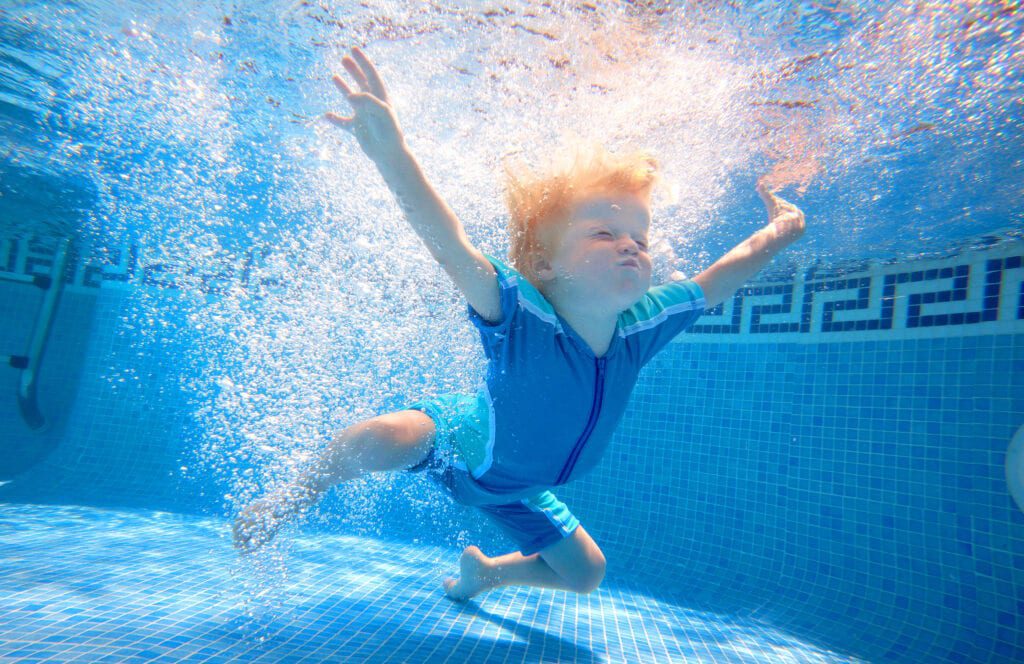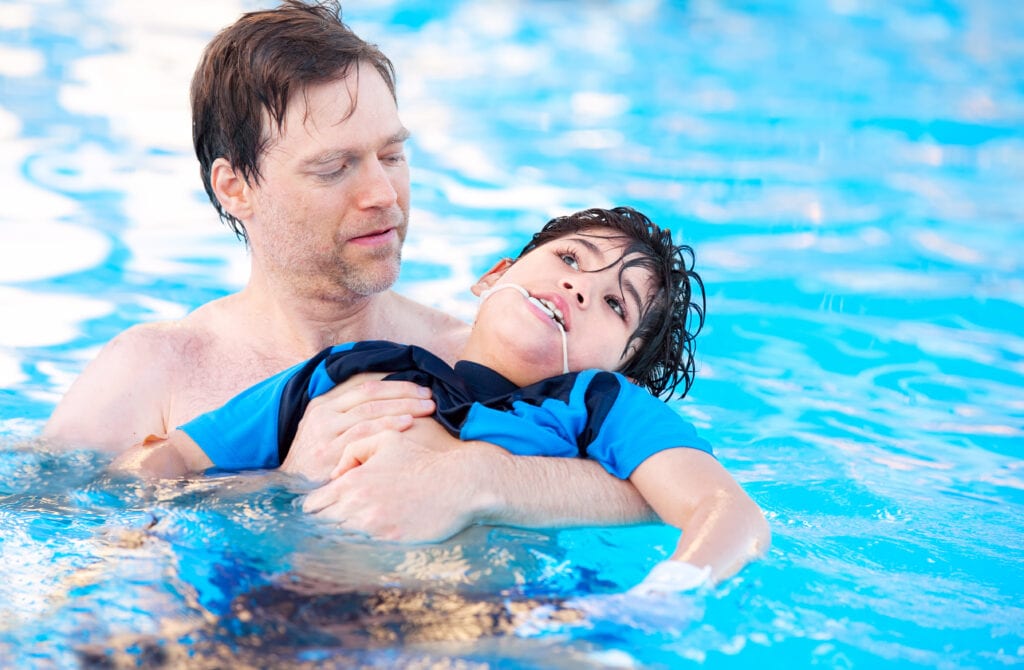As we continue to lockdown California and spend more of our summer in our small family groups, we’re taking a moment to focus on water safety.
Facts
Per the CDC, drowning is the leading cause of injury deaths among kids age 1-4. An average of 3 children aged 1-14 die daily because of drowning. Non-fatal drowning can cause severe damage, like those suffered by 3 year old Malachi in Poway this month, who might never walk or talk again. If interested in supporting Malachi and his family, visit their GoFundMe page.
In response to these statistics, Chula Vista Fire Captain Mike Filson created a comprehensive drowning prevention program focused on the “Safer 3”. Some of what follows is taken from Chula Vista’s Water Awareness in Residential Neighborhoods (WARN) campaign.
Safer Kids
A Red Cross survey showed that while 80% of Americans claim they can swim, a majority can’t perform basic water safety skills. The Red Cross’ minimum swim skills are:
- Enter water that’s over your head, and then return to the surface.
- Tread water for at least 1 minute.
- Turn around in the water.
- Swim at least 25 yards.
- Exit the water.

Ensure you can do all these things in each type of water you enter, be it a lake, beach or pool. Parents who can’t swim are significantly less likely to have kids who can. In addition to swimming skills, use life jackets, designate an adult water watcher, and don’t swim alone.
Also be aware of dangers unique to the water you’re swimming in. Rip currents, animals, water temperature, and so on are all risk factors.
Persons with autism have similar water safety steps, with added emphasis on wandering and educating.
Safer Water
This involves pool access and equipment:
- Fencing or barriers should be at least 4 feet tall and surround the pool area.
- Pool toys should be stored when not in use.
- Door, gate, or pool alarms are readily available online.
Also consider other sources of water around your home. Babies under one are more likely to drown in a bath, toilet, or bucket than in a pool.

Safer Response
Are you equipped if there is a water emergency?
- If a child is missing, check the pool first.
- Keep a phone near the pool to call for help in an emergency.
- Know CPR.
- Reach or throw instead of jumping in. If someone is actively drowning or if you aren’t a good swimmer, diving in can create a second victim.
Drowning injuries are preventable. Most San Diego County parks, beaches, and community pools are still partially open and the heat is driving families to water. Be equipped and enjoy the summer and your family, safely.
By Steven J.
Reviewed by: Heather Hemming
